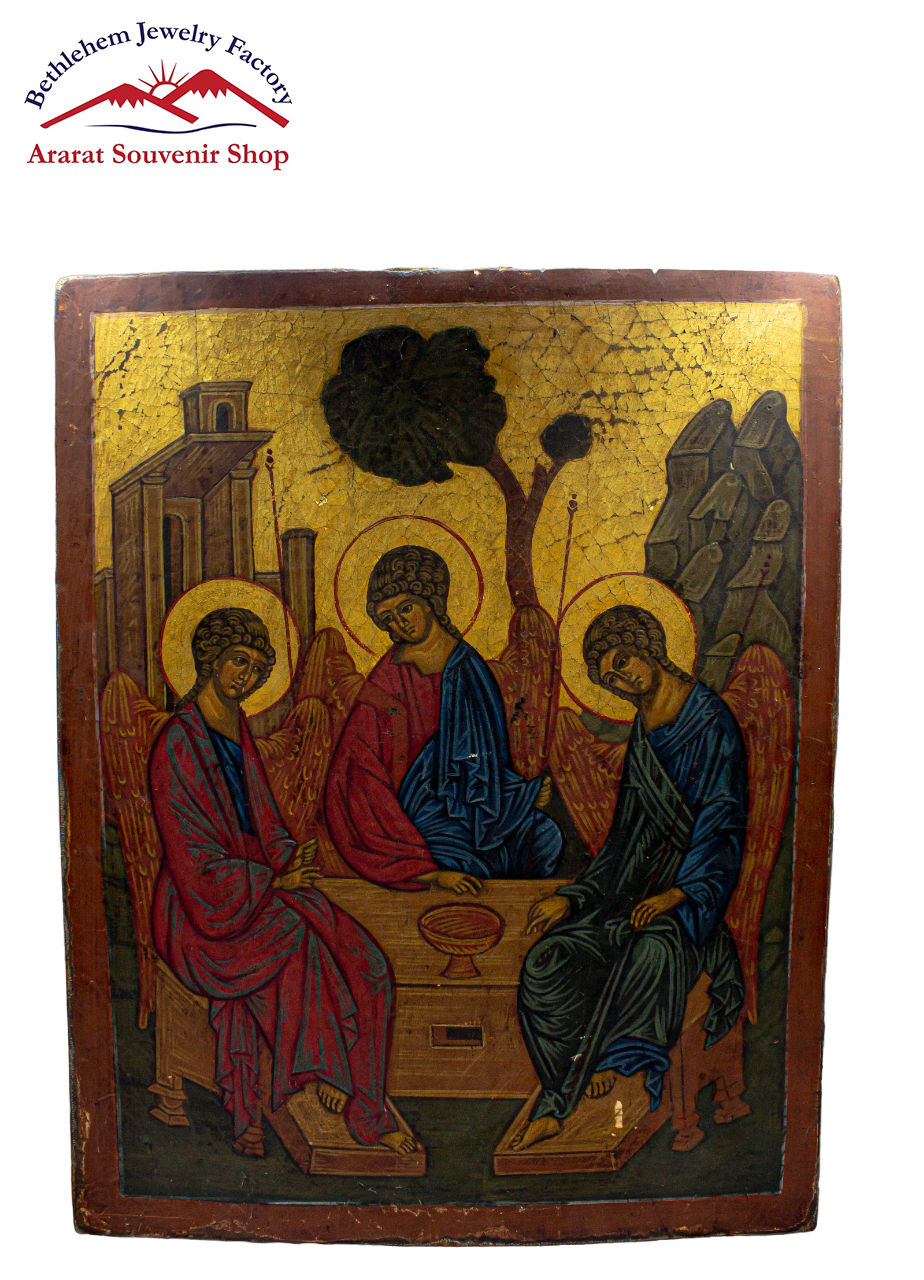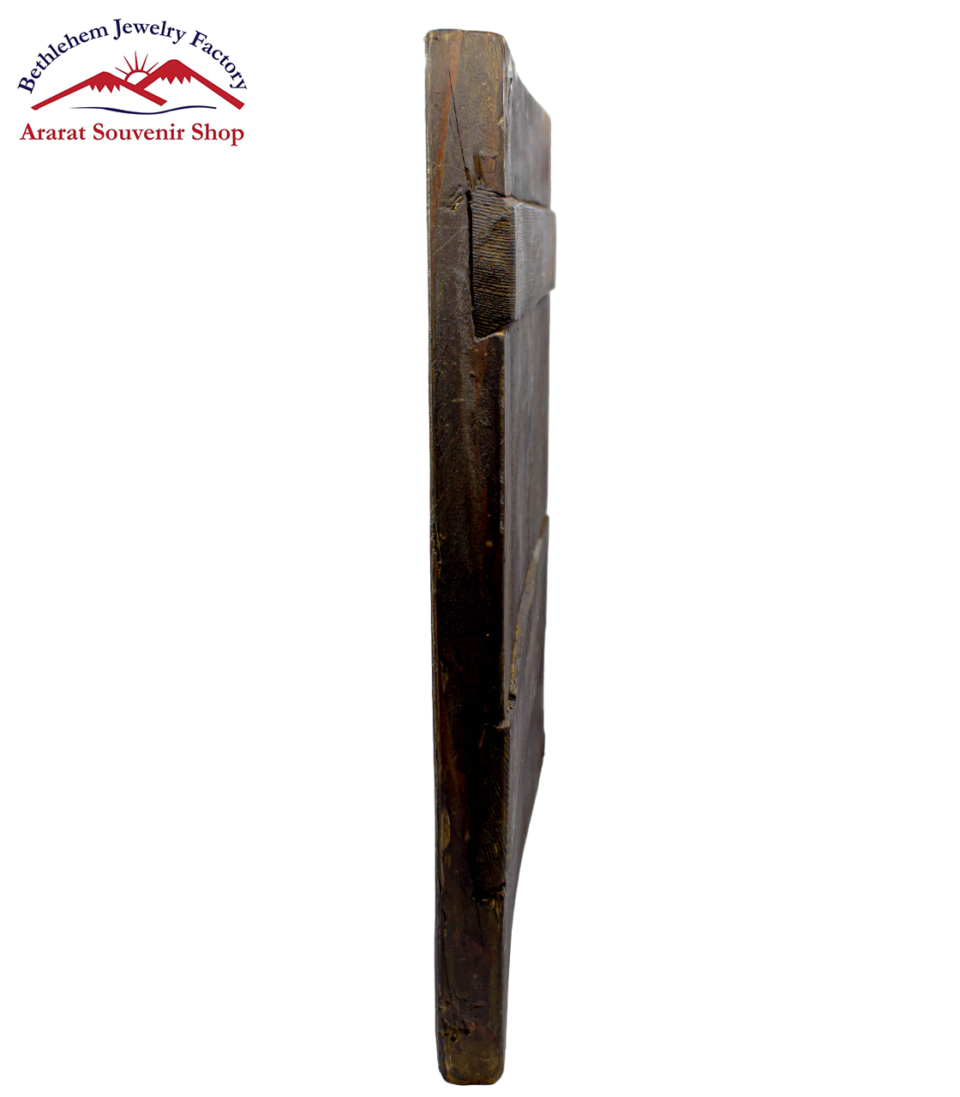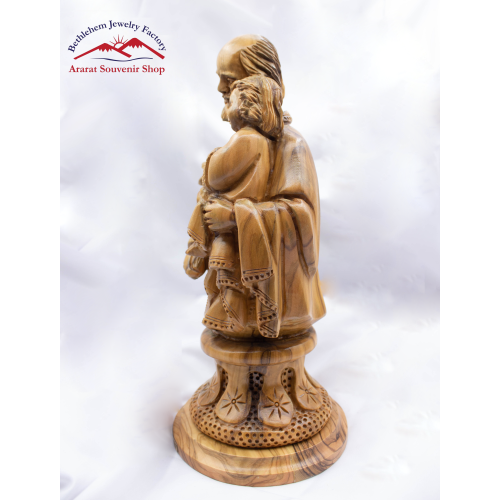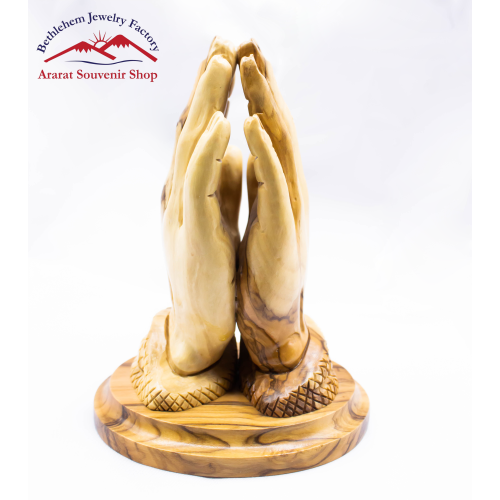The Holy Trinity Icon
The Holy Trinity Icon, renowned for its profound theological significance and artistic beauty, is one of the most revered images in Christian iconography. This iconic representation captures the essence of the Christian doctrine of the Trinity: the Father, the Son, and the Holy Spirit as three distinct persons in one divine essence. The most famous rendition of the Holy Trinity Icon is attributed to the Russian iconographer Andrei Rublev, dating back to the early 15th century. This icon not only embodies the mystical communion of the Godhead but also serves as an invitation to humanity to enter into relationship with the divine.
The origins of the Holy Trinity Icon can be traced to the Old Testament story of Abraham and the three visitors (Genesis 18:1-15), where three angels appeared to Abraham and Sarah. This encounter foreshadows the Christian understanding of the Trinity, where the three figures in the icon symbolize the Father, the Son, and the Holy Spirit. Each figure holds a unique position, yet they are all united in purpose, essence, and love. In Rublev’s interpretation, the individuals are depicted as three identical beings, emphasizing their co-equality and unity.
In Rublev’s icon, the figures are arranged around a single table, with the central figure, often interpreted as Christ, extending a gesture of invitation towards the viewer. This table is significant; it symbolizes the Eucharist and the communion that God desires with humanity. The Christ figure is portrayed with a gentle expression, radiating warmth and compassion, while the figures of the Father and the Holy Spirit flank Him, each highlighting different aspects of the divine nature. The background of the icon is often shaded in golden hues, representing the sacred and eternal nature of God.
The visual harmony of the composition speaks to the interconnectedness of the three persons of the Trinity. They share similar attire, characterized by rich colors—gold, green, and blue—that symbolize the divine kingship, potential for growth, and heavenly life, respectively. The use of color and light in the icon further conveys a deep spiritual truth: that within the unity of the Trinity, each person reveals the fullness of God’s grace and mercy.
Rublev’s Holy Trinity Icon serves not only as a theological expression but also as a tool for contemplation and prayer. Many who encounter the icon find themselves drawn into the relational dynamics of the three figures, inviting them to reflect on their own relationship with God. The positioning of the figures evokes a sense of movement and dialogue, fostering an environment of inclusion, communion, and love. Viewers often feel invited to sit at the table, partaking in the divine fellowship that the icon embodies.
In addition to its spiritual significance, the Holy Trinity Icon also reflects the artistic style of Russian iconography. Rublev, influenced by Byzantine traditions, employed techniques that imbued the icon with a timeless quality. The icon is not merely an ornament; it is a sacred vessel intended to convey deep theological truths, allowing the viewer to engage with the mystery of God through art. The delicate strokes, soft colors, and thoughtful composition work together to create an image that transcends the visible world, leading the observer into a profound experience of the divine.
The Holy Trinity Icon has had a lasting impact on Christianity and has been embraced by a multitude of denominations. It emphasizes the core Christian belief in the unity and diversity of God’s nature, influencing theological discussions and inspiring countless believers. The icon reminds Christians of the foundational truth of their faith: that God exists in relationship—not only among the divine persons of the Trinity but also with all of humanity.
Throughout history, the Holy Trinity Icon has also played a role in both personal and communal worship. In monasteries and churches, it serves as a focal point for prayer and meditation. Believers often seek solace in the icon, turning to it in times of need or uncertainty, confident in the compassionate nature of the God it represents. The icon transcends cultural boundaries, as it has found resonance not only in Eastern Orthodoxy but also among Christian communities worldwide.
The legacy of the Holy Trinity Icon continues to thrive in contemporary spirituality. Many modern artists have sought to recreate or reinterpret Rublev’s iconic work, reflecting a renewed interest in the Trinity’s significance. The dialogue surrounding community, inclusivity, and the nature of divine relationships resonates deeply with today’s world, especially in an age longing for connection.
In conclusion, the Holy Trinity Icon is more than a mere representation; it encapsulates the heart of the Christian faith. Its rich symbolism invites believers into the mystery of the divine relationship, encouraging them to embody the love and unity that lies at the center of God’s nature. The icon stands as a testament to the timeless truth that God is relational, inviting us to deepen our connections with Him and with one another. In an increasingly fragmented world, the message of the Holy Trinity is as vital as ever, calling humanity to find peace, belonging, and purpose in the embrace of the Triune God. Through contemplation of this sacred image, believers are encouraged to live out the virtues of love, mercy, and community, reflecting the divine essence of the Holy Trinity in their everyday lives.











Reviews
There are no reviews yet.